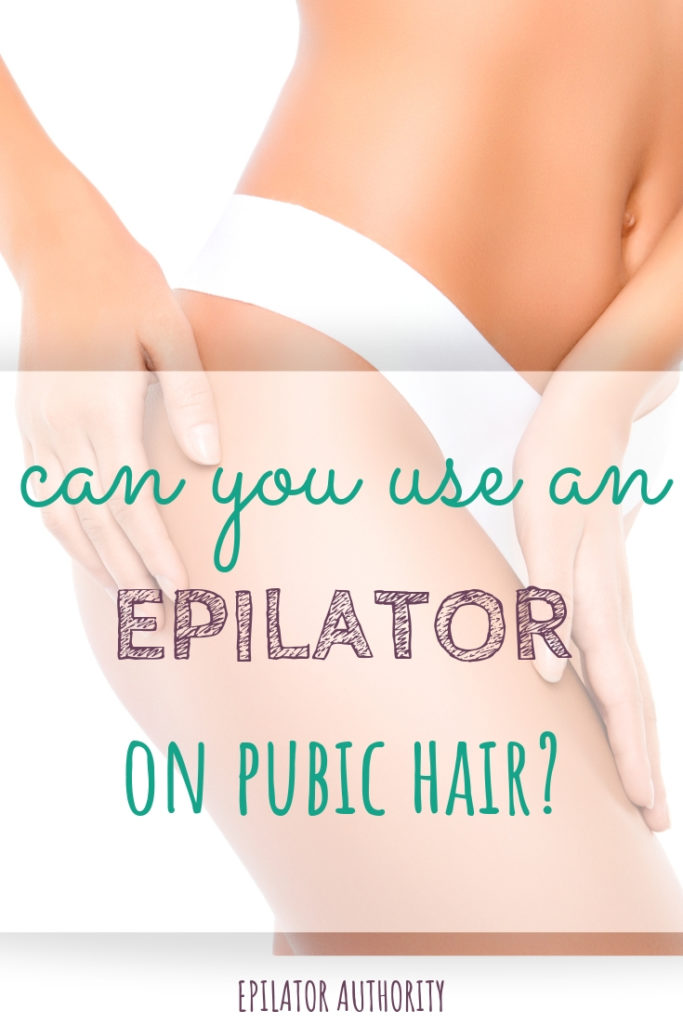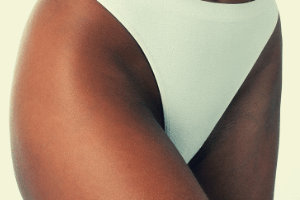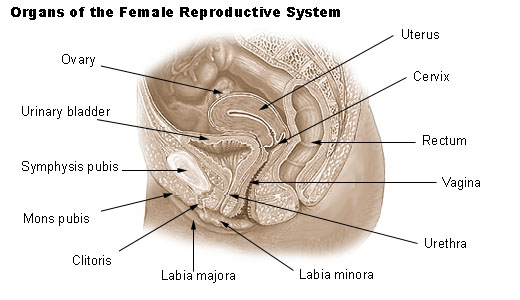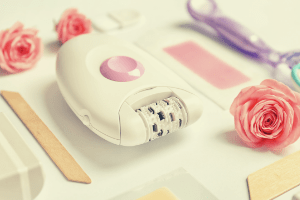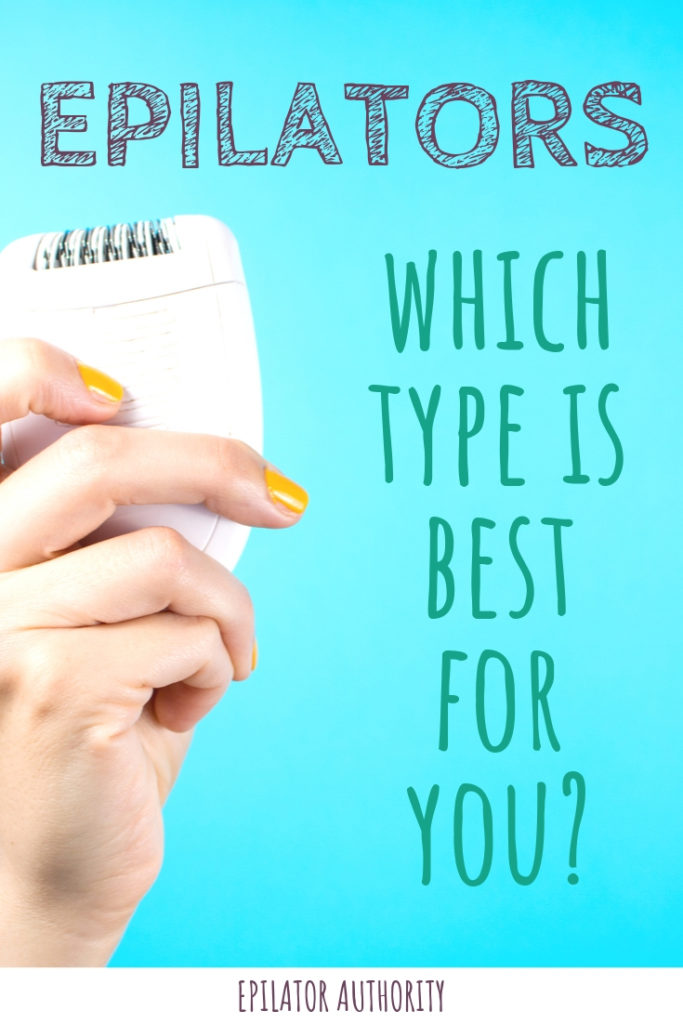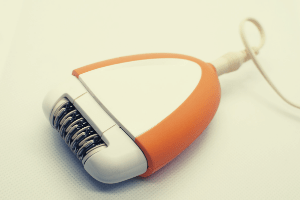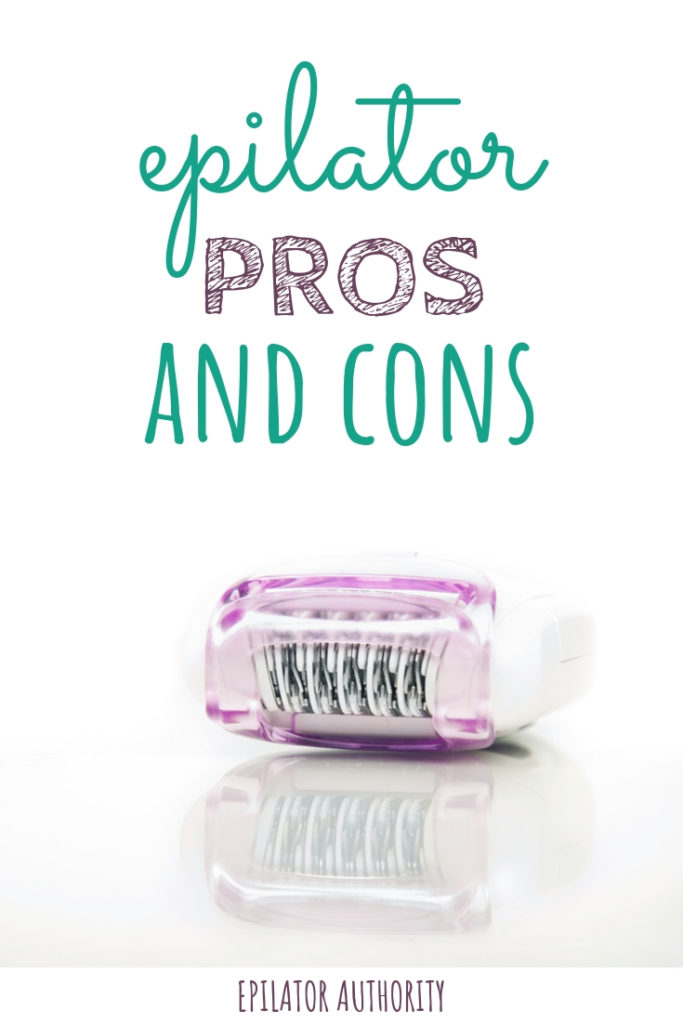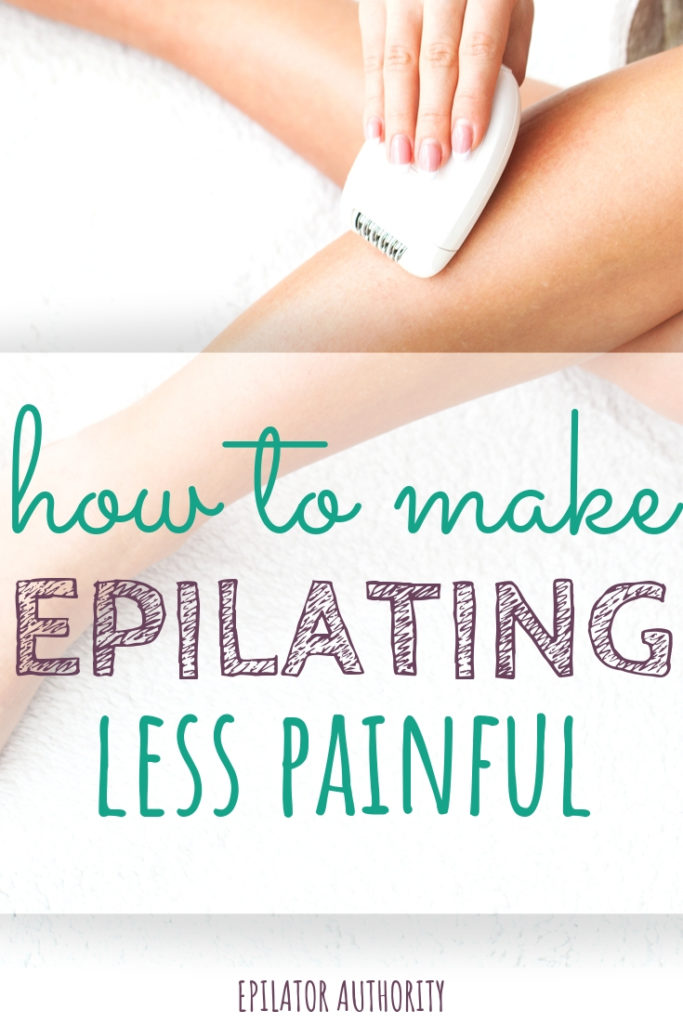I’ve always been a little obsessive about finding the easiest and most efficient ways of doing things. So if there is a way to speed up the horrid beauty ritual of pubic hair removal, I want in on it. And that is one reason I ended up researching if and how pubic hair can be removed with an epilator.
So can you use an epilator on pubic hair? Although this area is typically more sensitive than other body parts, epilators can safely and effectively remove shorter pubic hair from the bikini area. Hairs longer than about 3 mm should be trimmed or removed in another way first before epilating when the hairs start to grow back.
So you CAN epilate your pubic hair. But should you? Is this method really a good idea for your lady bits or should you stick with waxing or shaving? There are several things to consider before venturing into epilation for the bikni area.
Benefits of Epilating Pubic Hair
There are 6 main benefits that I love about using an epilator for pubic hair removal:
Super Smoothness
Epilation leaves the skin silky smooth and soft without pokey hairs that pop back almost immediately. After time, hairs also grow back a bit thinner too.
Results that Last for Weeks
Since epilation pulls hairs out by the roots, they take a while to grow back. You can expect to be hair-free for 3-4 weeks before you’ll need to epilate again.
Do-it-Yourself
I can get salon quality results at home with an epilator. Since I don’t like strangers looking at or touching my crotch, this is a huge benefit. I’ll save that type of humiliation for the doctor’s office, thanks.
Almost as Cheap as Dirt
A top of the line epilator without a lot of bells and whistles can be bought for under $100 and it can last 5 or more years. That translates to a cost of less than $2 a month! So maybe cheaper than dirt, depending on where you get your dirt.
Shorter Grow-Out Time
You only need hair that is about 2 millimeters long to epilate with most epilators so there is no need to wait many days for hair to grow back. And some epilators remove hair as shorts as .05 millimeters.
Sensitive-Skin Friendly
Epilators don’t really affect the skin like waxing, razors, or hair removal creams, so irritation, cuts, bumps, burns, and allergic reactions can be avoided.

Side Effects of Using an Epilator on Pubic Hair
There are no perfect hair removal methods for pubic hair, so no matter which one you choose, there are risks of side effects. Here’s what you may experience with epilation:
Pain
This is pretty much a given with epilation. It pulls hairs out at the follicle which hurts like a mofo. But like tweezing and waxing, your body gets used to it as time goes on.
Ingrown Hairs
When you shave, the razor exfoliates your skin for you, so ingrown hairs are rare with saving. For most other hair removal methods, ingrown hairs can be an issue. The best way to avoid this is to exfoliate as much as possible.
Inflammation
Epilating is pretty gentle to your skin, but not so nice to your hair follicles. They can become inflamed which can cause swelling and redness.
Bleeding
Some people have more delicate hair follicles that can bleed when hairs are pulled out. This is usually really minimal and only happens the first time you epilate. After that, your follicles heal and become more resilient.
Skin Damage
This can happen if your skin is too loose and gets caught in the epilator. You can prevent it by using your epilator slowly and carefully and keeping your skin taut.
Tips for Epilating Pubic Hair
When epilating your pubic hair, you can follow the “how to” instructions in your manual. But there are tons of extra tips and tricks specific to pubic hair that you may want to know:
Start with….Not Epilating
For pubic hair, one of the most important things to do is make sure your hair is not too long. Long, coarse pubic hair is going to be unbearable to epilate. The area is just too sensitive for all that.
So if you want to epilate your pubic hair, I recommend shaving, waxing, trimming, or using some other hair removal method to get rid of the hair first. Then once it has grown back to .05 to 3 millimeters (depending on the requirements of your specific epilator) you can go to town with your epilator. And after that, you can continue to epilate each time the hair reaches .05-3 millimeters long.
Keep It Right, Keep It Tight
The second most important tip for epilating the pubic area is that you must pull the skin taut. Skin in this area is not the tightest and the epilator will just stretch the skin up with the hairs instead of pulling the hairs out quickly and uniformly. And this just makes it that much more painful.
So use one hand to hold down the skin, pulling it away from the area you are epilating so that you are only epilating over skin that is really taut.
Take It Easy
Go slow, hold the epilator at a 90 degree angle, and epilate against the direction of your hair growth. This will help catch all the hairs and pull them out by the root instead of just cutting them off at the surface.
Exfoliate Before and After
The pubic area is prone to ingrown hairs, especially if your pubic hair is coarse. The best way to prevent this is to exfoliate before you epilate, the day after, and then at least every other day.
Take Steps to Manage the Pain
Some women recommend drinking wine or taking a shot of alcohol before epilating the bikini area. Another option is to take an over the counter pain medication. Just don’t take alcohol with pain killers because that can cause stomach bleeding and is a no no.
Other pain management options include taking a hot bath beforehand, icing after, using numbing cream, or using an epilator with a massaging head.
The first couple times I did it I needed to be drunk. Like not a glass of wine buzzed. Legitimately drunk. It became a slightly unique pregaming ritual of mine for when I had party plans. There’s no shame in breaking out the vodka. Eventually the pain goes down as the hair is thinner and weaker. Same theory as waxing.
-Reddit User
Use the Right Epilator
Smaller epilators with lots of tweezers are ideal for the pubic hair. The smaller size allows you to navigate the area easier and more tweezers means faster results. And this is definitely an area you want to be done with as quickly as possible. Another feature to consider is an led light so that you can see better and avoid pinching any skin.
Take Breaks but Don’t Quit
It’s a pretty intense experience the first time, so take as many breaks as you need. But make sure you finish and repeat at least a few times before giving up. Each time will be easier and most people find that it is totally worth it in the long run.
I just repeat in my head how much money I save by epilating and not going to get waxed. One time I epilated my lady parts fully. I consider it in my top 5 life achievements.
-Reddit User
Related Questions
What is the best epilator for pubic hair?
My pick for best epilator for pubic hair is the Panasonic ES-ED50-N Multi-Functional Wet/Dry Shaver and Epilator (click to check it out on Amazon). This epilator is also a shaver with a bikini comb, so you also use it to trim your pubic area before epilating. The gentle epilator head is the perfect size for navigating the pubic area and has added protection that prevents skin from getting caught in the tweezers. And it has an led light as well.
Have more questions about epilation? Check out the Epilator FAQ and Beginner’s Guide!
Want to remember this? Pin this to your favorite Pinterest board so you can find it later!
